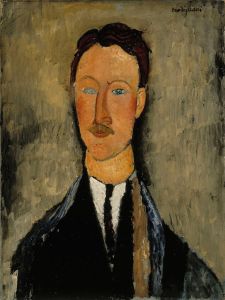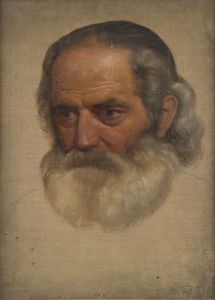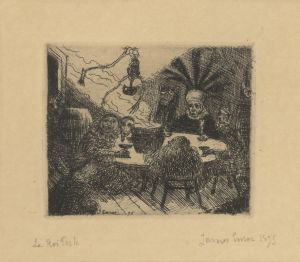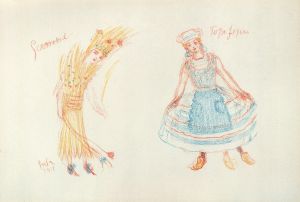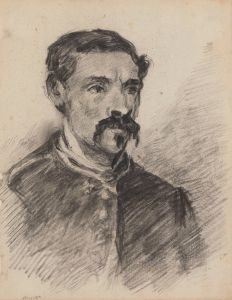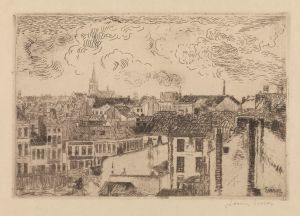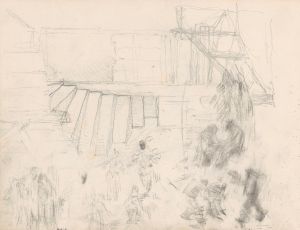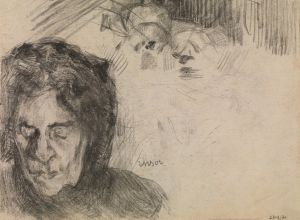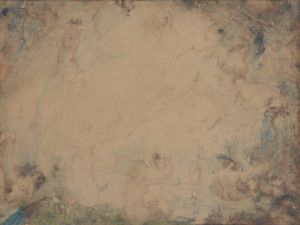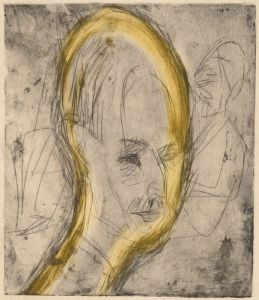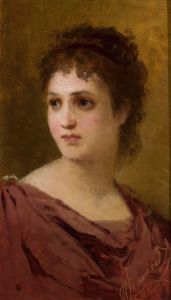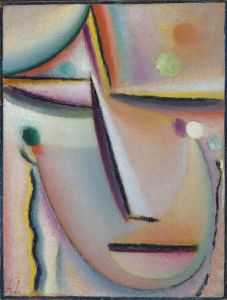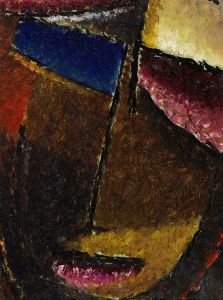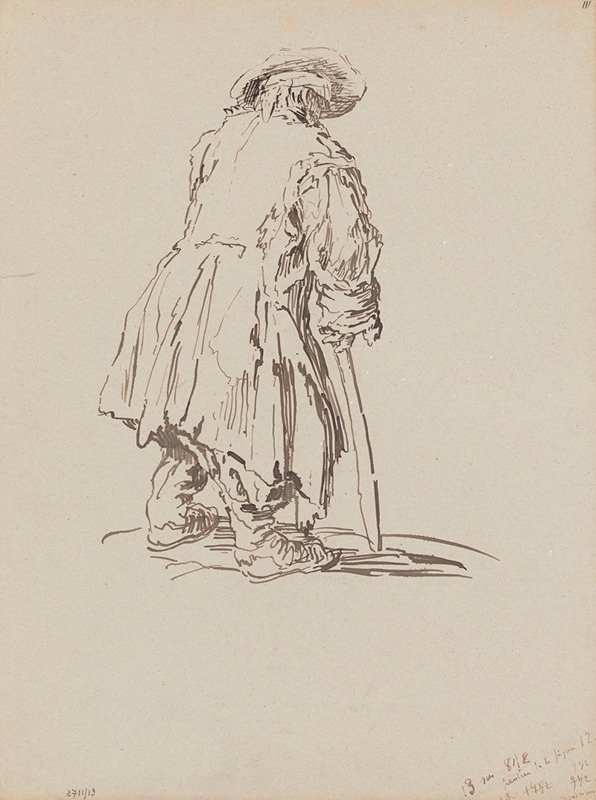
Old Man
A hand-painted replica of James Ensor’s masterpiece Old Man, meticulously crafted by professional artists to capture the true essence of the original. Each piece is created with museum-quality canvas and rare mineral pigments, carefully painted by experienced artists with delicate brushstrokes and rich, layered colors to perfectly recreate the texture of the original artwork. Unlike machine-printed reproductions, this hand-painted version brings the painting to life, infused with the artist’s emotions and skill in every stroke. Whether for personal collection or home decoration, it instantly elevates the artistic atmosphere of any space.
James Ensor, a Belgian painter and printmaker, is renowned for his unique and often surreal style that blends elements of symbolism and expressionism. One of his lesser-known works, "Old Man," exemplifies his distinctive approach to art, characterized by a fascination with the macabre and the grotesque, as well as a keen interest in exploring the human condition.
Ensor was born in 1860 in Ostend, Belgium, and spent most of his life there. His upbringing in a family that ran a curiosity shop filled with exotic objects and carnival masks greatly influenced his artistic vision. Ensor's work often features bizarre and fantastical imagery, reflecting the eclectic environment of his youth. He studied at the Académie Royale des Beaux-Arts in Brussels, where he was exposed to various artistic movements and began developing his unique style.
"Old Man" is a painting that captures Ensor's fascination with the themes of mortality and the passage of time. While specific details about the painting's creation and history are scarce, it is consistent with Ensor's broader body of work, which frequently includes depictions of skeletons, masks, and other symbols of death and decay. These elements serve as metaphors for the transient nature of life and the inevitability of death, common motifs in Ensor's oeuvre.
Ensor's use of color and brushwork in "Old Man" is indicative of his innovative approach to painting. He often employed vibrant, sometimes jarring colors to create a sense of unease and to challenge traditional aesthetic norms. This technique is evident in "Old Man," where the color palette and composition contribute to the painting's emotional impact. Ensor's brushwork is typically loose and expressive, adding to the dynamic quality of his paintings and enhancing their emotional resonance.
Throughout his career, Ensor was associated with the avant-garde group Les XX, a collective of artists who sought to challenge the conservative art establishment in Belgium. His work was initially met with mixed reactions, as its unconventional style and subject matter were often at odds with the prevailing artistic tastes of the time. However, Ensor's influence grew, and he eventually gained recognition as a pioneering figure in modern art.
In addition to painting, Ensor was also an accomplished printmaker, and his etchings and lithographs further demonstrate his skill and creativity. His work has been exhibited in major museums and galleries worldwide, and he is celebrated as one of Belgium's most important artists.
"Old Man" reflects Ensor's enduring interest in exploring themes of mortality and the human experience through a lens of surrealism and symbolism. While it may not be as widely recognized as some of his other works, it remains an integral part of his artistic legacy, showcasing his ability to blend the fantastical with the profound. Ensor's contributions to art continue to be studied and appreciated for their originality and depth, cementing his place in the history of modern art.





